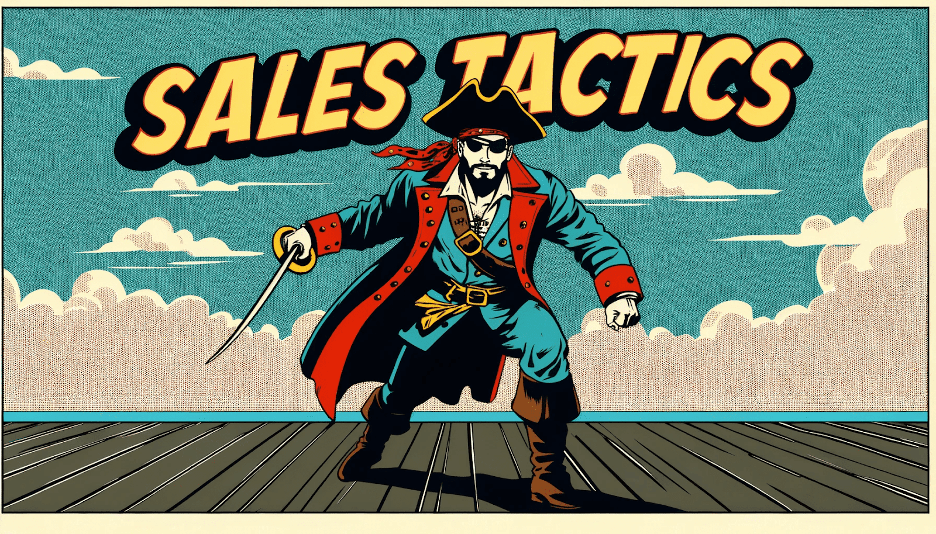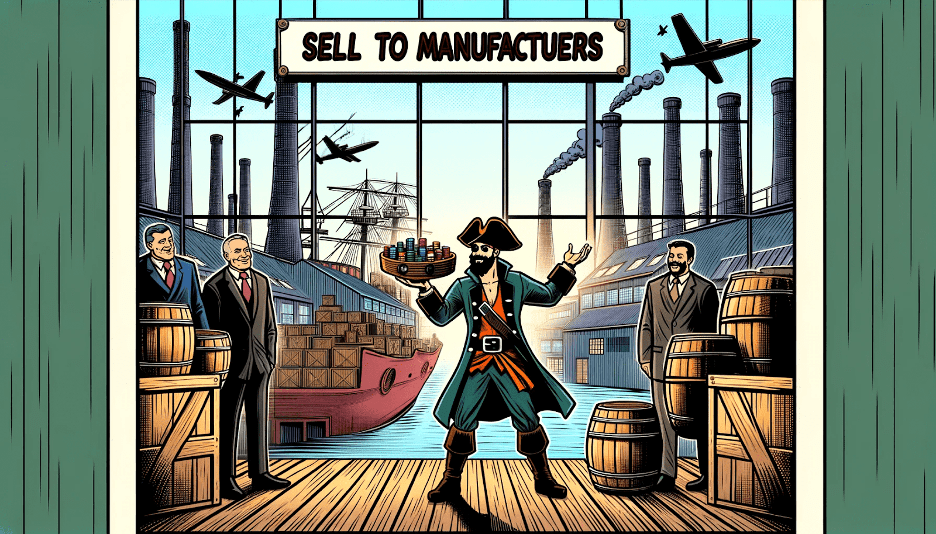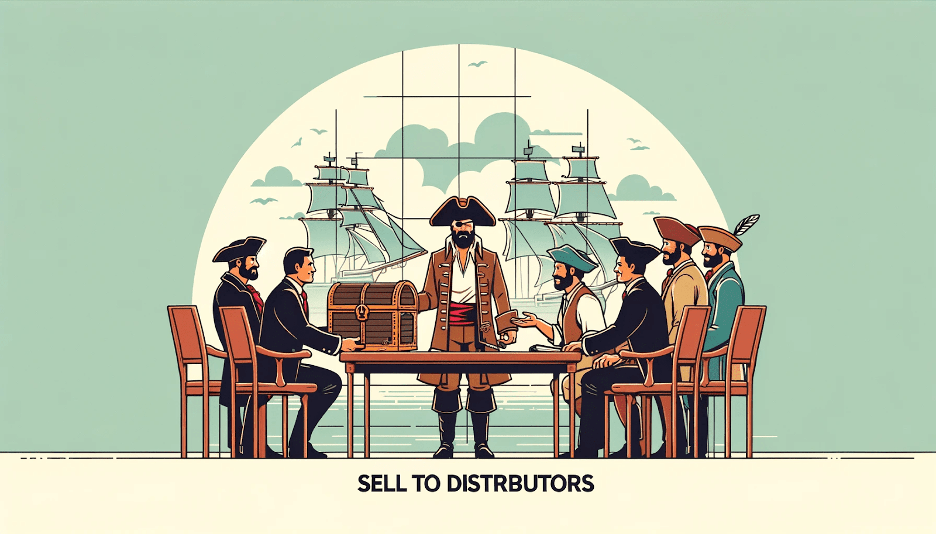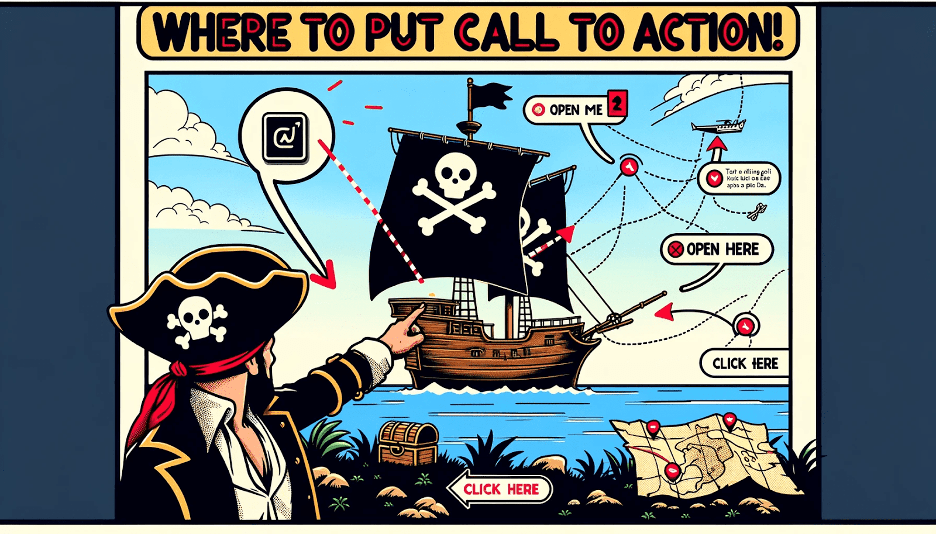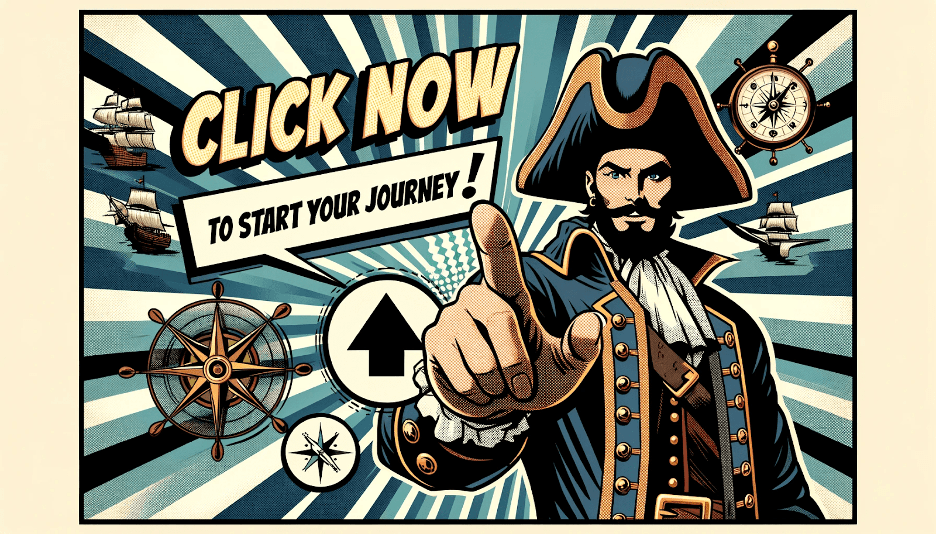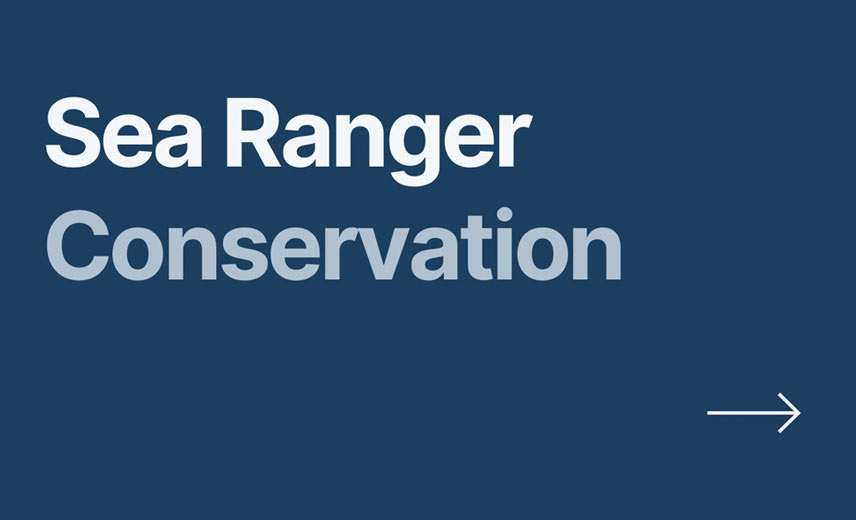
The Sea Rangers: Bridging the Gap Between Conservation and Community
In an era where the world grapples with the devastating effects of climate change, the Sea Ranger Service Program emerges as a beacon of hope. The Sea Rangers initiative, as envisioned by Wietse Van Der Werf, is not just a conservation program; it’s a holistic approach that intertwines environmental protection with social and economic development.
The program’s inception was rooted in the realization that while there are many marine protected areas globally, a significant portion remains unmonitored due to a lack of resources. This gap presented an opportunity: to create a workforce that could monitor and protect these areas while also providing employment and skill development for young individuals.
Note: Article comes from Turning the Tide: A Deep Dive with Sea Ranger’s Founder
How Sea Rangers Operate
A day in the life of a Sea Ranger is diverse and hands-on. Their day starts early, with some days requiring them to set sail at dawn. While some days might involve patrolling specific areas, others could see them using drones or underwater ROVs for surveying. They’re also preparing to engage in hydrographic surveying, using sonar to create 3D mappings of the seabed. This is crucial for understanding the state of the marine environment and planning restoration efforts.
Sea Rangers work in shifts, with two weeks on the ship followed by two weeks off. Their operations are primarily within territorial waters, ensuring they focus on areas of national responsibility.
The Origin of the Idea
The concept of Sea Rangers was born out of a combination of environmental and social needs. Wietse van der Werf recognized that government departments often operate in silos, with economic affairs, environmental affairs, and social affairs rarely intersecting. The Sea Rangers program was designed to bridge these gaps. By bringing together multiple government departments, the initiative gained traction. As van der Werf mentions, the question shifted from “Will you work with the Sea Rangers?” to “What could Sea Rangers best do?”
The name “Sea Rangers” itself played a role in the program’s acceptance. It evokes a sense of guardianship over the seas, making the concept easily understandable and relatable.
“It’s a combination so typically in government you have these silos… the economic kind of affairs people don’t really necessarily talk with the environmental… but in this case, the economic affairs minister and the social affairs and the environmental affairs and the maritime affairs all four of them… collectively signed the first contract.”
The Sea Rangers Program is a testament to the power of collaboration. By breaking down silos and fostering inter-departmental cooperation, the program has managed to secure 13 government contracts, servicing 11 of those for work that had never been contracted out of the government before.
Challenges and Evolution
Like any pioneering initiative, the Sea Rangers faced challenges. One significant hurdle was securing contracts and funding. Before they had any contracts, they had to employ and motivate the Sea Rangers, which required significant financial resources. Persistence, vision, and the ability to connect with various stakeholders were key to overcoming these challenges.
Over time, the Sea Rangers have evolved, with former Sea Rangers even finding employment in government agencies. This symbiotic relationship has further solidified the program’s impact and importance.
Beyond the environmental impact, the program also addresses social issues. It provides employment opportunities for young individuals, especially those from rural areas. It’s about connecting with real people and understanding their needs. The Sea Rangers Program is not just about protecting the environment but also about creating opportunities for youth development.
“There is some young kid sitting somewhere in a rural area by the coast that looks out over that sea and actually we could mobilize that person and prepare them to better protect that environment.”
The Future of Sea Rangers
Looking ahead, the Sea Rangers model is scalable and adaptable to various regions worldwide. The goal is to franchise the model, allowing entrepreneurs in different countries to implement the Sea Rangers service in their regions. This approach ensures that the ownership of solutions remains in the hands of local communities, fostering a sense of responsibility and pride.
“If we do this really properly then over the next 15 to 20 years you’re going to see entrepreneurs in South Africa setting this up to work with the South African Navy to train South African youth to restore their environments and we’re going to see see the same in in the US.”
The Sea Rangers Program is a shining example of how environmental conservation, industry transformation, and youth development can come together to create a lasting impact. It’s a story of hope, resilience, and the power of collaboration. As the world faces unprecedented challenges, initiatives like the Sea Rangers Program remind us that with determination and collaboration, we can create a better future for all.
Brought to you by
SHIPSHAPE.PRO – Innovative platform that bridges the gap in marine repair
&
MIDA.PRO – Marine Industry Digital Agency – Web dev / Marketing
Podcast – SHIPSHAPE INTERNATIONAL OCEAN INSIGHT
